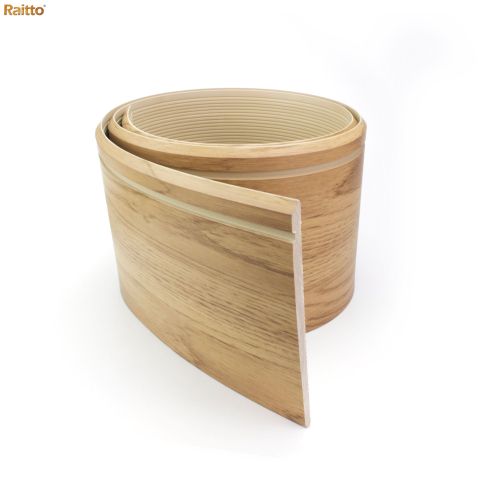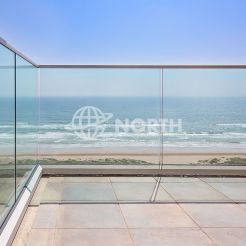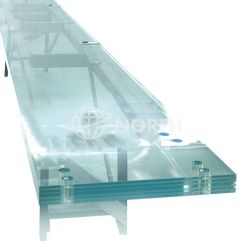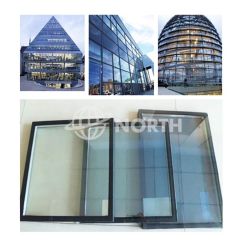Modern Skirting Board Supplier
Modern skirting boards, also known as contemporary or minimalist skirting boards, are a design trend that offers a sleek and streamlined look to interior spaces. These skirting boards are characterized by clean lines, simplicity, and a minimalist aesthetic.
Product Description
https://www.raittoplastic.com/productstags/modern-skirting-board-supplier.html
Modern Skirting Board Supplier
Modern skirting boards, also known as contemporary or minimalist skirting boards, are a design trend that offers a sleek and streamlined look to interior spaces. These skirting boards are characterized by clean lines, simplicity, and a minimalist aesthetic.
Here are some key features and characteristics of modern skirting boards:
Low Profile: Modern skirting boards are typically lower in height compared to traditional skirting boards. They have a more subtle presence and sit closer to the floor, contributing to a minimalist and understated look.
Straight Lines: Straight lines and sharp edges define the design of modern skirting boards. They often feature clean and angular profiles, without ornate moldings or intricate details commonly found in traditional skirting designs.
Smooth Finishes: Modern skirting boards typically have smooth and flawless finishes. They may have a lacquered or painted surface, enhancing the clean and contemporary appearance. Smooth finishes contribute to a streamlined and cohesive look in the room.
Material Choices: Modern skirting boards are available in a variety of materials, including wood, MDF, PVC, and metal. Each material offers different aesthetic qualities, durability, and maintenance requirements, allowing for customization based on personal preferences and design needs.
Color Options: While white remains a popular choice for modern skirting boards, there is also a trend towards using contrasting colors or matching them with the wall color for a seamless integration. This allows for greater design flexibility and the opportunity to create unique visual effects.
Integration with Wall and Flooring: Modern skirting boards often aim for a seamless integration with the walls and flooring. This can be achieved by choosing skirting boards that match the wall color, blending in with the overall design scheme. Alternatively, skirting boards can be designed to align with the flooring material, creating a cohesive and uninterrupted visual flow.
Concealing Cables and Wires: Many modern skirting boards offer integrated cable management systems or channels to conceal electrical wires and cables. This feature helps maintain a clean and clutter-free appearance in the room.
Customization Options: Modern skirting boards can be customized in terms of size, profile, and finishes to suit specific design preferences. They can be adapted to fit different architectural styles and complement various interior themes.
History of skirting boards
Skirting boards, also known as baseboards, have been used for centuries. The ancient Greeks used a baseboard called a "toe kick" to protect their walls from the wear and tear of footsteps. The Romans used a similar design, made of marble or stone. However, it was not until the 18th century that skirting boards as we know them today became popular in European homes.
In the Georgian period, skirting boards were made of high-quality woods, such as oak and mahogany, and were elaborately designed with intricate moldings and carvings. The Victorian era continued this trend of using skirting boards as a decorative element in the home and experimenting with different materials such as plaster and papier-mâché.
Uses of skirting boards
Skirting boards are now used in modern homes for both practical and decorative purposes. They help protect walls from scratches, dents and scuffs caused by foot traffic, furniture and vacuum cleaners. They can also hide unsightly gaps between floors and walls and provide an accent to a room's decor.



